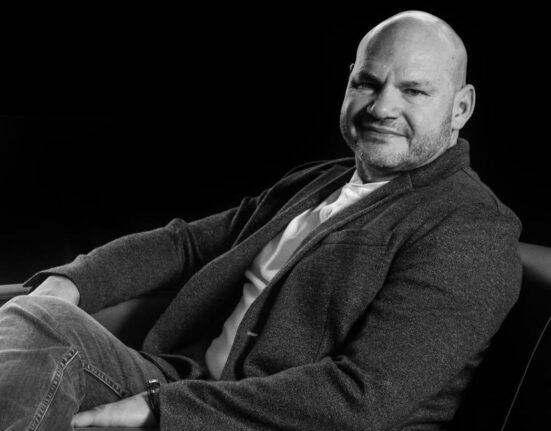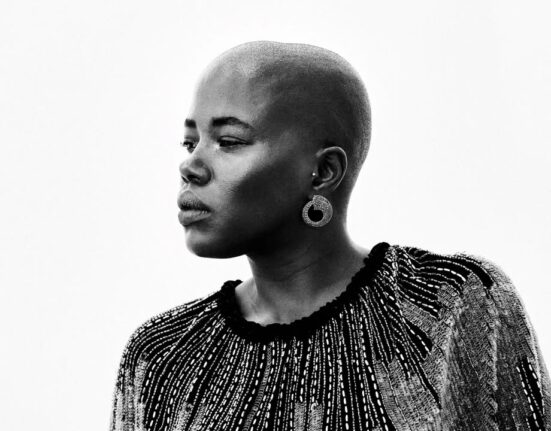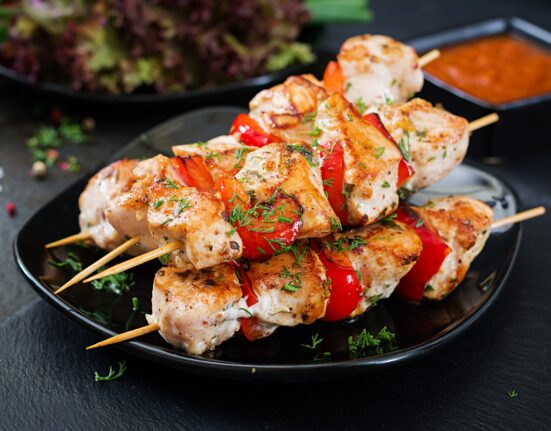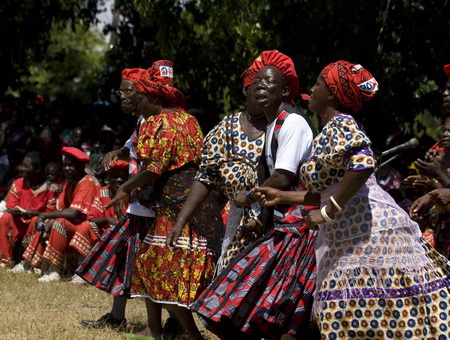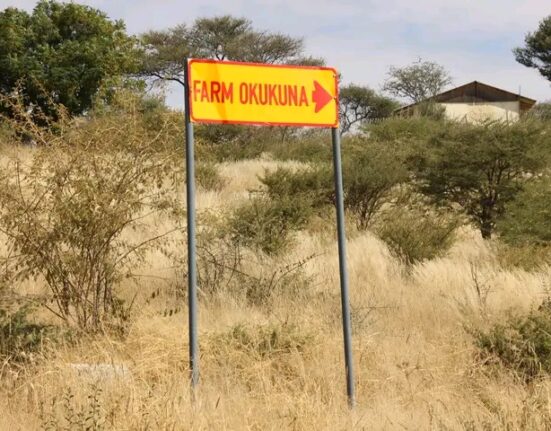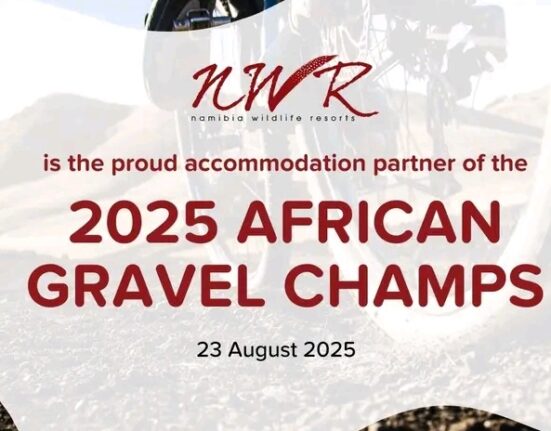Namibia, a country located in the southern part of Africa, is known for its stunning landscapes, ranging from the vast deserts of the Namib to the lush Okavango Delta. However, one of the most captivating features of Namibia is its cultural diversity. The nation is home to a rich tapestry of ethnic groups, each with its own unique language, traditions, and way of life. Among these groups, the Lozi and Kavango people stand out for their cultural heritage, which has shaped Namibia’s social fabric in significant ways.
In this article, we will explore the vibrant cultures of the Lozi and Kavango people, delve into their histories, languages, traditions, and lifestyles, and examine how these communities contribute to Namibia’s identity as one of Africa’s most culturally diverse countries.
The Lozi People: The River Kingdom of the Zambezi
The Lozi people, also known as the BaLozi, are an ethnic group that primarily resides in the Zambezi Region of Namibia, which was previously known as the Caprivi Strip. The Lozi are a Bantu-speaking people who trace their ancestry to the Kingdom of Barotseland, which once spanned parts of what is now southern Zambia, northern Botswana, and the Zambezi Region of Namibia. The kingdom was founded around the 17th century and played a significant role in shaping the culture and history of the region.
1. Language and Identity
The Lozi people speak Lozi (also known as Silozi), which is part of the larger Bantu language family. It is closely related to languages spoken in neighboring Zambia, especially the languages of the Luyana and Subiya peoples. Lozi is an important part of the people’s cultural identity, and it serves as a means of preserving their history, customs, and traditions. Over the years, the Lozi language has become a unifying force for the people, as many other ethnic groups in the Zambezi region also speak it as a second language.
Despite the influence of English, which is the official language of Namibia, and other regional languages such as Otjiherero and Afrikaans, the Lozi people continue to cherish their mother tongue, passing it down through generations. The Lozi language is spoken with a variety of regional dialects, and it has a rich oral tradition, with storytelling, songs, and proverbs playing an essential role in everyday life.
2. Traditional Lifestyle and Practices
The Lozi people are traditionally farming and fishing people. Their way of life is closely tied to the Zambezi River, which provides them with essential resources for their survival. The river not only offers abundant fish but also serves as a source of water for agriculture, particularly for growing crops such as maize, millet, and vegetables. Fishing, particularly the use of fish traps and netting, remains a significant activity for the Lozi community.
In addition to fishing and farming, the Lozi people are also known for their craftsmanship, particularly their skills in basket weaving, pottery, and wood carving. These crafts are passed down through generations and are often used for daily life or as part of traditional ceremonies and rituals.
3. The Kuomboka Ceremony: A Cultural Spectacle
One of the most iconic aspects of Lozi culture is the Kuomboka Ceremony, a grand annual event that marks the migration of the Lozi king and his royal court from the flooded plains of the Zambezi River to the drier uplands of the Barotse Plain. The ceremony, which takes place around March or April, is celebrated with much fanfare, including colorful processions, music, dancing, and traditional rituals.
The Kuomboka (meaning “to move out of water”) is a symbolic event that showcases the Lozi people’s deep connection to the river and the land. The king’s boat, known as the Nalikwanda, is traditionally paddled by the royal family and attendants, and is a prominent feature of the ceremony. The event is not only a celebration of tradition but also a testament to the resilience and strength of the Lozi people, as they adapt to the challenges posed by their environment.
The Kavango People: The Guardians of the Okavango Delta
To the south of the Zambezi region, across the Okavango River, lies the Kavango Region, home to the Kavango people, one of Namibia’s largest ethnic groups. The Kavango are a Bantu-speaking people who inhabit a region rich in natural resources, including fertile land, abundant wildlife, and access to the Okavango River, which runs from Angola through Namibia to Botswana, ultimately feeding into the Okavango Delta.
1. Language and Heritage
The Kavango people speak a variety of languages, collectively referred to as the Kavango languages, which belong to the larger Bantu family. Among the main Kavango languages are Rukwangali, Rumanyo, Rukovhunda, Kavango, and Ndonga, each spoken by different sub-groups within the community. Although these languages are distinct, they share similar grammatical structures and vocabulary, reflecting their common heritage.
The Kavango languages are an integral part of the community’s identity, and efforts to preserve these languages are ongoing in schools and communities. Like the Lozi, the Kavango people use oral traditions, including storytelling, songs, and folklore, to pass down their culture and history.
2. Traditional Occupations and Agriculture
The Kavango people have historically been subsistence farmers and fishermen, much like the Lozi. The Okavango River is vital to their lifestyle, providing a rich source of fish and enabling agricultural activities. They grow crops such as maize, millet, and beans, which are essential staples in their diet. Their farming practices are often complemented by livestock keeping, with cattle being considered a symbol of wealth and status within the community.
Kavango homes are typically made from mud bricks and thatched roofs, reflecting the people’s deep connection to the land and their resourcefulness in utilizing available materials. Traditional Kavango homesteads are built in compounds, with extended families living in close-knit groups, offering support and maintaining strong social ties.
3. The Role of Spirituality and Traditional Beliefs
Spirituality plays a significant role in Kavango culture, with the community having a strong belief in the presence of ancestral spirits and the spiritual forces of nature. Rituals and ceremonies, often performed by traditional healers or spiritual leaders, are important aspects of Kavango life. These ceremonies are used to honor ancestors, seek guidance, and ensure harmony within the community.
While many Kavango people have embraced Christianity, traditional beliefs and practices continue to play a prominent role in daily life. The rainmaker or healer is highly respected in Kavango society, as they are seen as mediators between the spiritual world and the living.
The Lozi and Kavango People in Modern Namibia
In contemporary Namibia, both the Lozi and Kavango communities have maintained their cultural heritage while adapting to the challenges of modern life. The introduction of formal education, access to healthcare, and participation in the political process have enabled both communities to thrive, while maintaining a strong connection to their roots.
The Namibian government has made efforts to promote cultural diversity and inclusion, ensuring that all ethnic groups, including the Lozi and Kavango, are represented in the nation’s social and political landscape. The Zambezi Region and Kavango Region have also seen growth in infrastructure development, including schools, healthcare facilities, and roads, which are helping improve the quality of life for residents.
Despite these advancements, both communities continue to face challenges related to poverty, unemployment, and access to education. However, through efforts at the local, regional, and national levels, the Lozi and Kavango peoples remain resilient, preserving their cultural traditions while embracing opportunities for progress.
Namibia’s Lozi and Kavango people are an integral part of the nation’s rich cultural mosaic. With their distinctive languages, traditions, and way of life, these ethnic groups contribute to Namibia’s diversity and identity. From the grandeur of the Kuomboka Ceremony to the spiritual connection the Kavango people share with the Okavango River, the Lozi and Kavango are a testament to the resilience and adaptability of Namibia’s indigenous communities. Understanding their histories and cultures provides a deeper appreciation for Namibia’s complex and beautiful cultural landscape.

